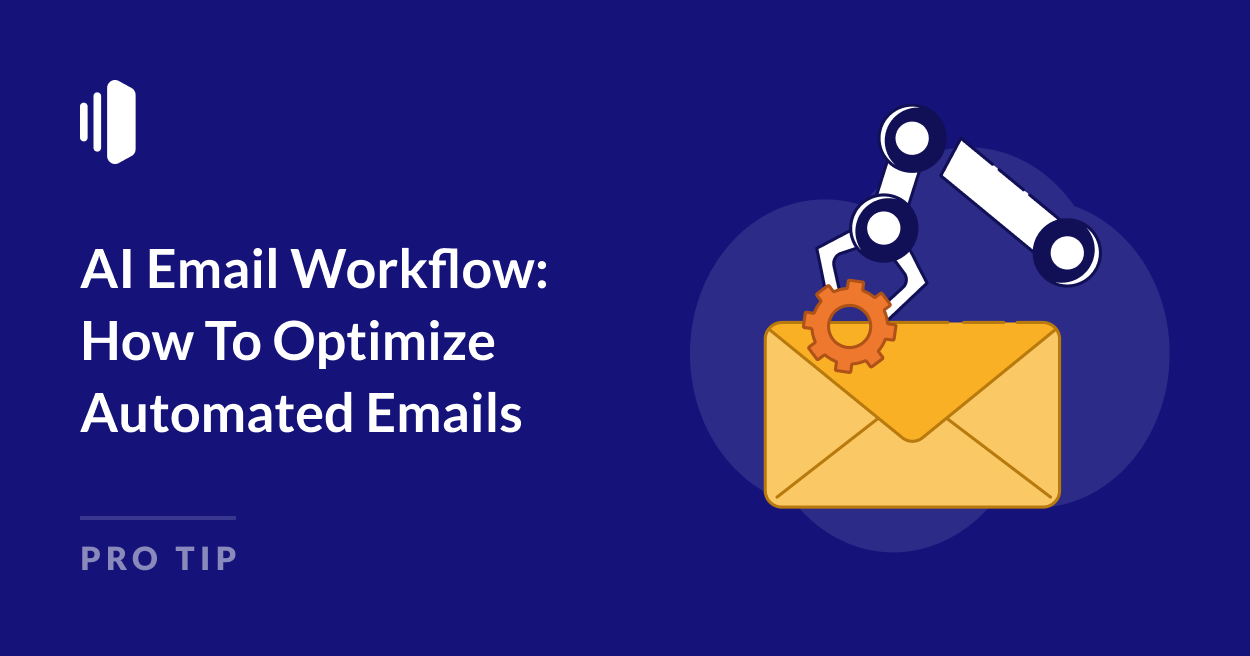Picture this: You’ve just hit “Complete Purchase” on your favorite online store. Seconds later, your phone pings. It’s not just another bland “Order Confirmed” email. Instead, you’re greeted by a message that not only confirms your new running shoes but also suggests the perfect running route in your neighborhood and reminds you it might be time to replace your water bottle.
Welcome to the world of AI-powered transactional emails.
If you think of transactional emails as being boring and robotic, think again! These often-overlooked messages can be a powerful ally in building customer relationships and driving action.
But despite their importance, many businesses treat transactional emails as an afterthought. They’re often outdated, uninspired, and about as personalized as a “Dear Valued Customer” greeting.
Here’s where AI can make the difference. In this article, I hope to give you some insight into how AI is not just streamlining the way we create and manage transactional emails, but also transforming them into powerful tools for customer engagement.
The Current State of Transactional Emails
Did you know, the average open rate of a transactional email is 80-85%?
While marketing emails can struggle to get a 20% open rate, transactional emails consistently earn high engagement rates, giving them incredible potential that’s just waiting to be tapped.
Of course to achieve that high rate in the first place, it’s crucial to use a reliable transactional email provider like Sendlayer that ensures fast delivery and optimal inbox placement.
But if these emails are such high performers, why are so many businesses dropping the ball when it comes to optimizing them?
Here are just some of the challenges businesses face when it comes to their transactional emails:
- Technical Complexity: Transactional emails often require integration with multiple systems and platforms
- Personalization Difficulties: We all know personalization is key, but when you’re sending out thousands of order confirmations, shipping updates, and password resets daily, customizing each one can feel impossible.
- Dull Content: How do you make a password reset email engaging? Or an order confirmation email that doesn’t put people to sleep? It’s not impossible, but it does pose a significant challenge.
- Regulatory Issues: With data privacy laws getting even tighter, ensuring your transactional emails are compliant is a constant challenge.
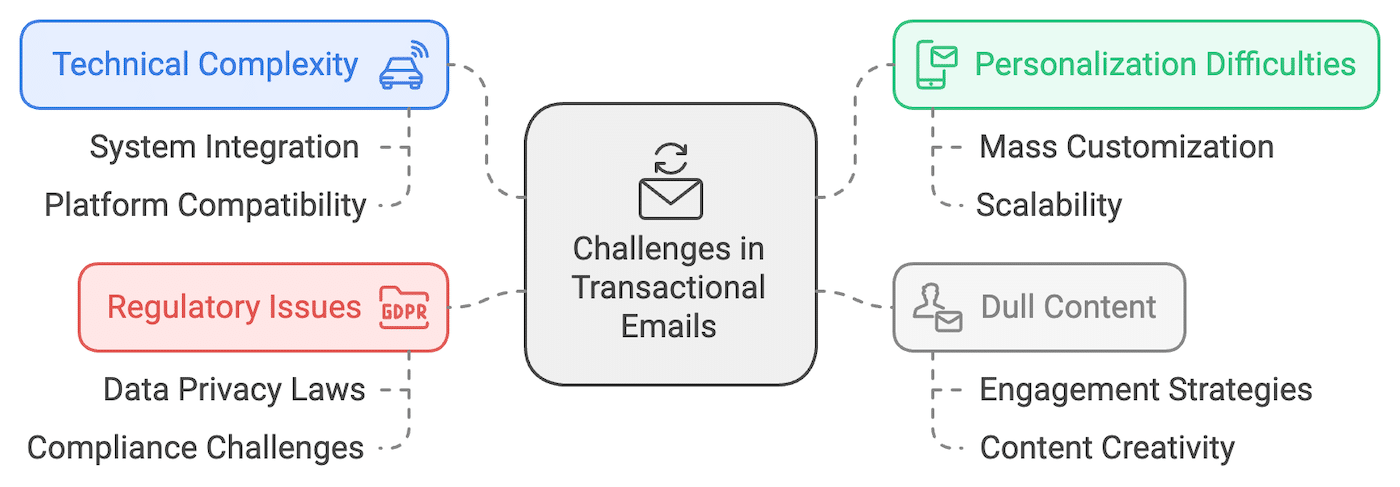
All of this adds up to a lot of time, effort, and technical wizardry that many businesses simply don’t have the resources for. But times are changing!
Enter AI: The Game Changer
The days of blasting the same message to your entire list and hoping for the best are well gone. With the power of AI as your secret weapon, the sky is the limit:
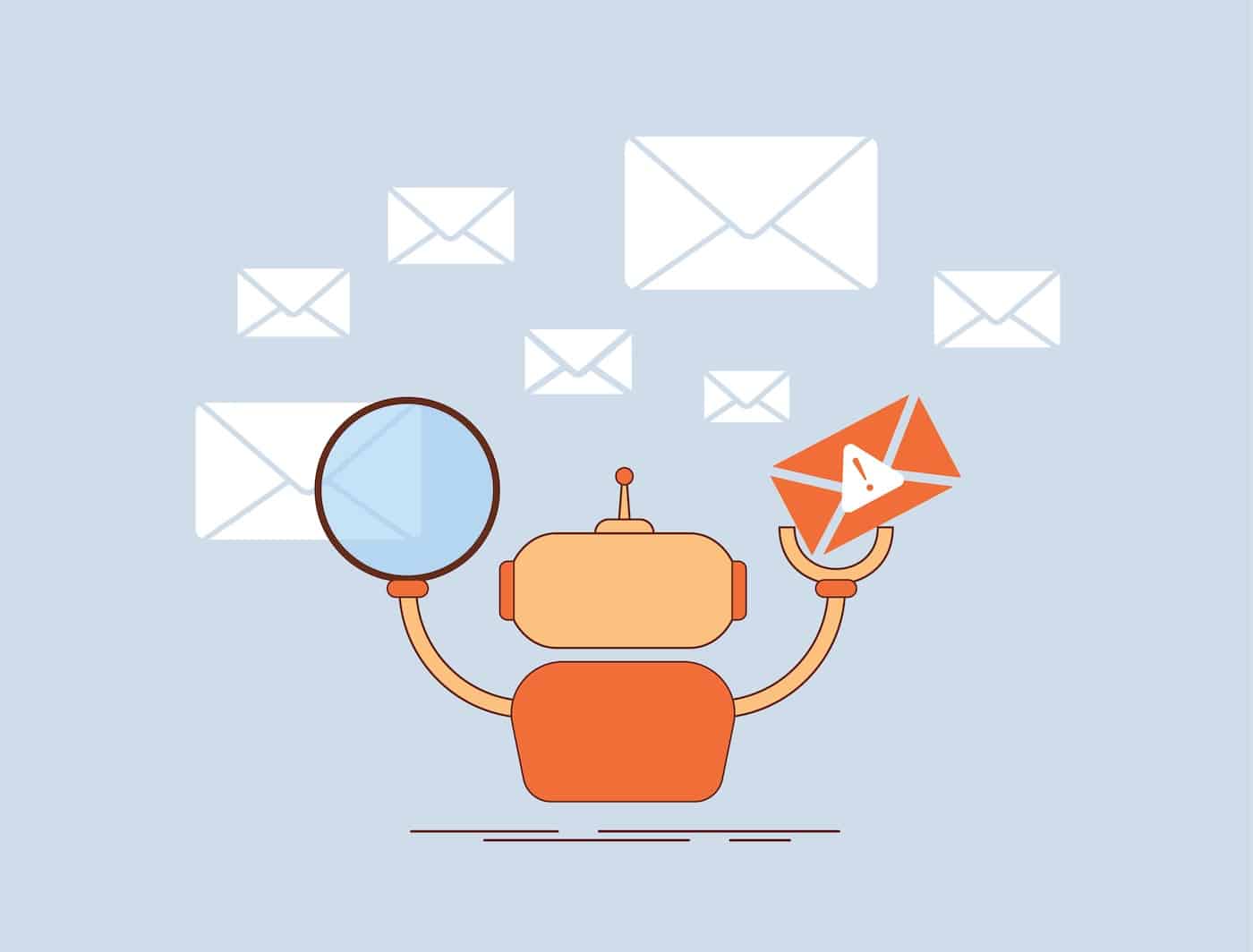
Hyper-Personalization
AI doesn’t just know your name; it knows your preferences, behaviors, and maybe even what you had for breakfast. It’s using this data to craft emails so personalized, it’s a little bit spooky.
Predictive Analytics
AI can predict customer behavior, allowing marketers to send the right message at the exact moment you’re most likely to engage.
Content Optimization
Writer’s block? AI’s here to save the day. From subject lines that make you want to click, to body copy that keeps you reading, AI is helping create content that resonates.
Send Time Optimization
Gone are the days of guessing the best time to hit ‘send’. AI analyzes individual user behaviors to determine the perfect moment your email should land in each recipient’s inbox.
Automated A/B Testing
AI will automatically create multiple versions of your emails, continuously testing and optimizing everything from subject lines to CTAs.
Transactional emails are already the emails your customers actually want to receive. Now, imagine injecting them with this AI-powered personalization and optimization.
The possibilities are endless, and AI can transform transactional emails from basic messages into powerful tools for customer engagement and retention.
AI Email Workflow in Key Areas
Let’s take a closer look at how exactly AI can help you to speed up your transactional email creation and to create better communication.
1. Content Creation
Personalized Message Generation
AI revolutionizes personalization by analyzing vast amounts of customer data. It considers factors like purchase history, browsing behavior, and interaction patterns to craft uniquely tailored messages.
For instance, an order confirmation email might congratulate a first-time buyer on joining the community, offer relevant tips for using their new product, and suggest complementary items. For a loyal customer, the same type of email could reference their purchase history, offer loyalty rewards, and provide exclusive sneak peeks at upcoming products they might like.
Dynamic Product Recommendations
AI-driven product recommendations go beyond simple “customers also bought” suggestions. These systems use complex algorithms to understand individual preferences, seasonal trends, and even current events to make highly relevant suggestions.
For example, if a customer buys a camera, the AI might recommend not just accessories, but also photography classes in their area, or editing software that pairs well with their specific camera model.
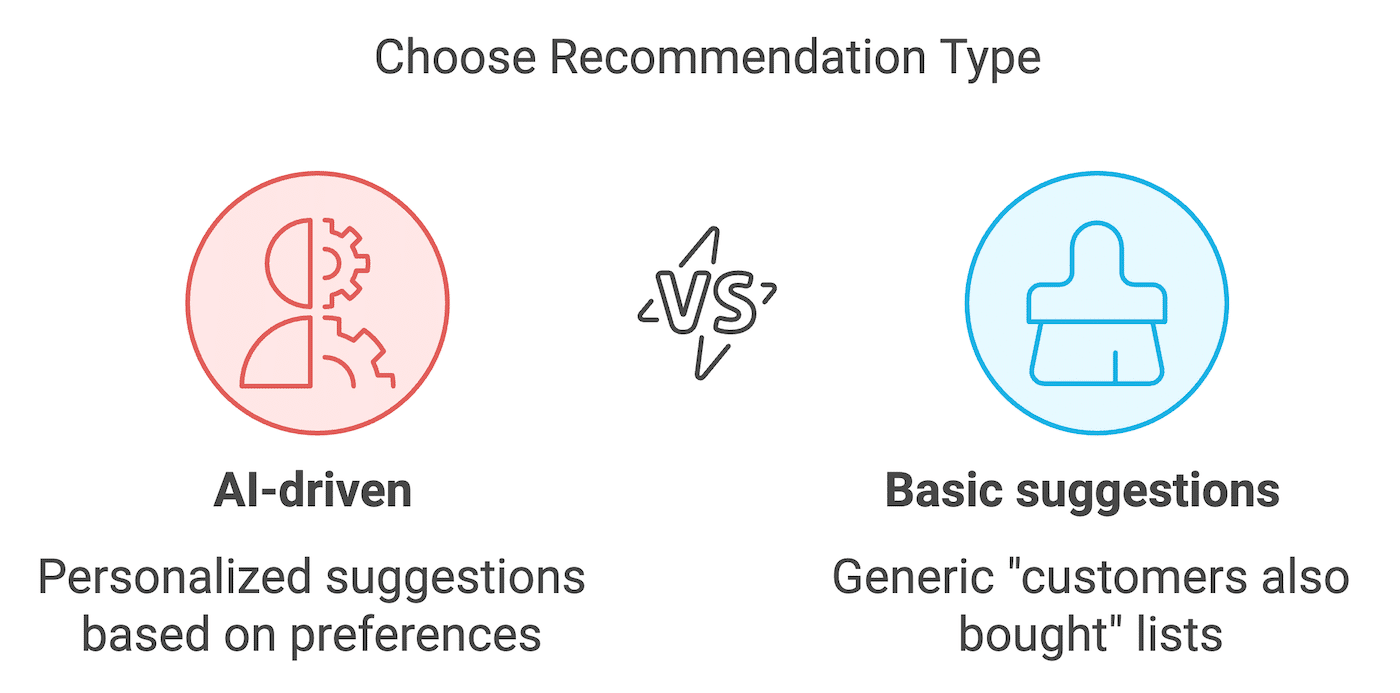
This level of personalization transforms transactional emails from mere receipts into valuable, engagement-driving communications.
Multilingual Content Adaptation
AI’s impact on multilingual content goes far beyond basic translation. These systems understand context, idioms, and cultural nuances to create emails that truly resonate with diverse audiences.
This cultural intelligence helps brands maintain a consistent voice while feeling local and relevant in every market.
2. Design and Template Management
AI-powered Template Suggestions
AI can analyze vast databases of successful campaigns across industries. It identifies patterns in layout, color schemes, image placement, and call-to-action positioning that correlate with higher engagement rates.
AI might suggest using a single-column layout for mobile-heavy audiences or recommend specific color combinations that have proven effective for your industry.
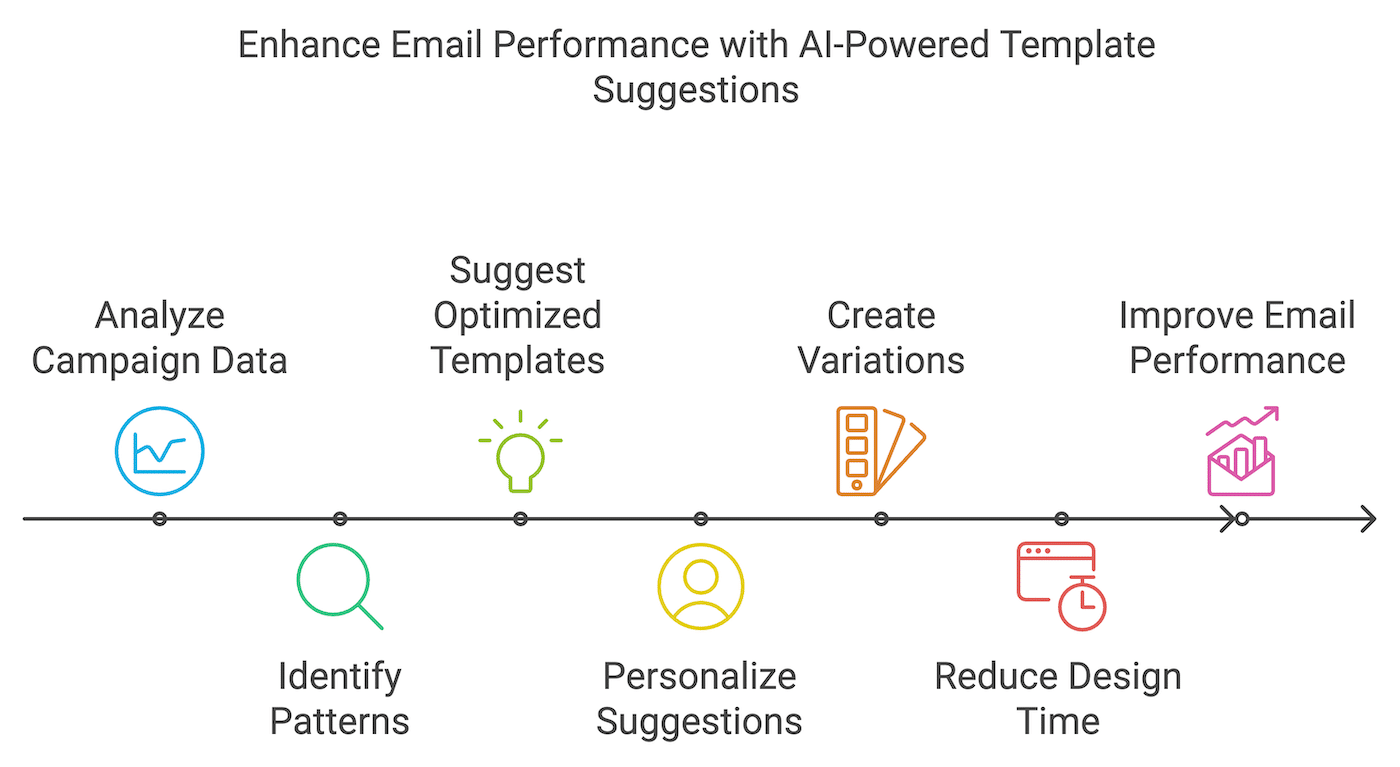
These AI-driven insights can significantly reduce design time and improve email performance. AI can even personalize template suggestions based on individual recipient preferences, potentially creating hundreds of subtle variations of a single email to maximize impact across your entire list.
Automatic Layout Optimization
AI takes responsive design to the next level with real-time layout optimization. It goes beyond simple device detection by considering factors such as screen size, orientation, and even the recipient’s past interaction patterns.
For example, if a user typically engages more with text-based content on their mobile device, the AI might prioritize text over images in the mobile version of an email.
Similarly, for desktop users who often click on video content, the AI could automatically adjust the layout to prominently feature video elements. This dynamic approach ensures that each recipient sees the most engaging version of your email, regardless of how or where they’re viewing it.
Accessibility Improvements
AI is making significant strides in improving email accessibility, ensuring that transactional emails are inclusive and usable for all recipients.
Advanced algorithms can automatically adjust color contrasts to meet WCAG guidelines, resize fonts for better readability, and even suggest alternative text for images. AI can also analyze the structure of an email and recommend changes to improve screen reader compatibility.
3. Timing and Delivery
Predictive Send-time Optimization
AI can analyze individual recipient behaviors across multiple dimensions. It considers factors such as past open times, device usage patterns, time zones, and even external events like holidays or major sports games.
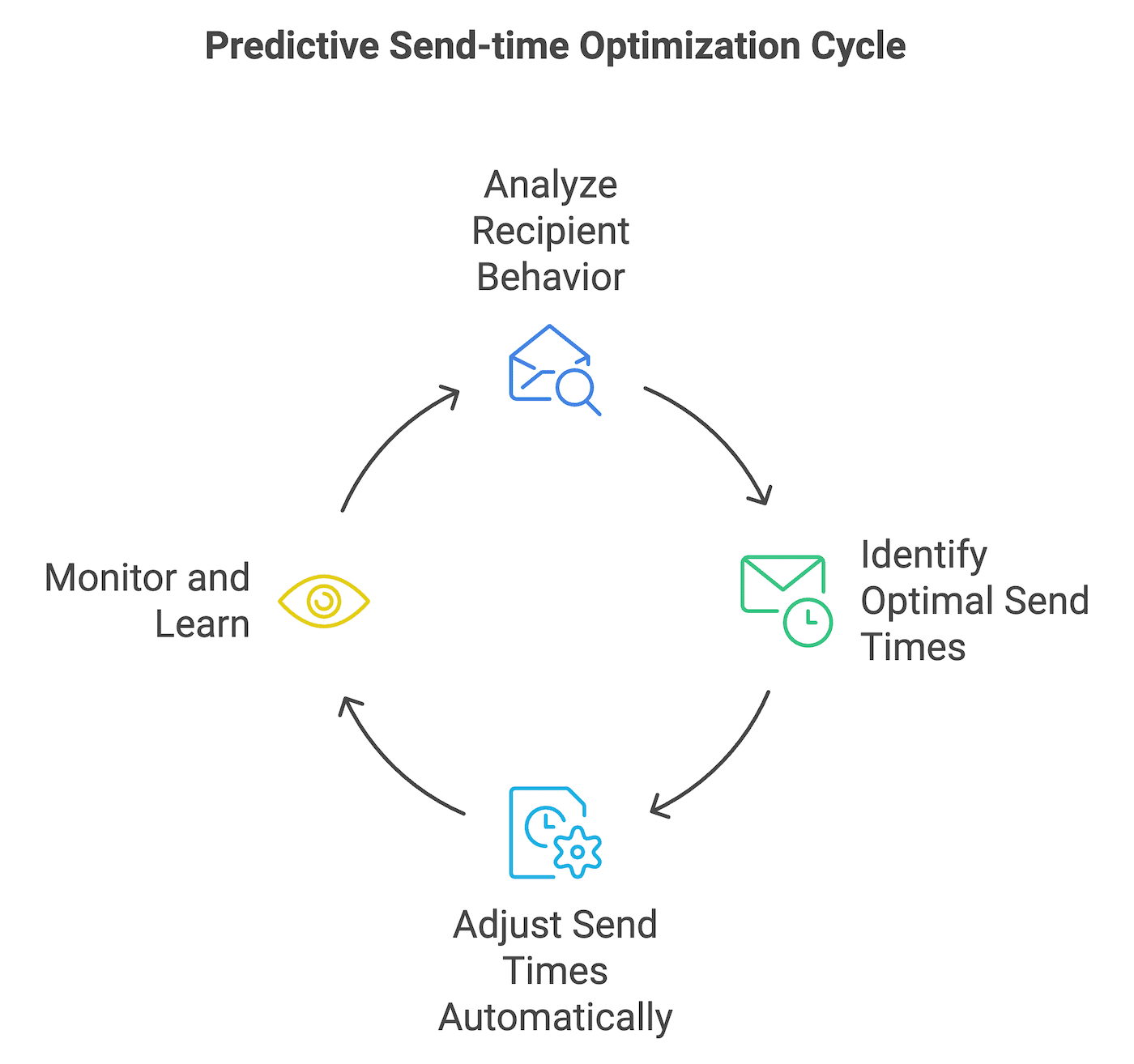
For instance, AI might learn that a particular customer typically checks emails during their morning commute on weekdays, but prefers evening browsing on weekends. It can then automatically adjust send times to hit these optimal windows.
Behavior-based Trigger Refinement
AI takes trigger-based emails beyond simple rules, creating sophisticated, behavior-driven communication flows. By continuously learning from user interactions, AI can identify complex patterns that signal the need for specific transactional emails.
For example, an AI system might notice that a customer who browses certain product categories without purchasing, then abandons their cart, is highly responsive to a follow-up email featuring related items on sale.
The AI can then automatically adjust the trigger timing and content for this specific behavior pattern. This level of refinement allows for hyper-targeted, timely communications that feel personal and relevant to each recipient.
4. Testing and Optimization
Automated A/B Testing
Instead of testing just one or two elements at a time, AI-powered systems can simultaneously test multiple variables—such as subject lines, preheaders, content blocks, images, and CTAs—creating complex multivariate tests.
These systems can dynamically allocate traffic to better-performing variants in real-time, maximizing campaign effectiveness even as the test is running.
For instance, if a particular subject line is showing strong early performance, the AI might automatically increase its distribution to a larger segment of your audience.
AI-driven Performance Predictions
Predictive analytics in email marketing has become incredibly sophisticated with AI. These systems don’t just look at historical data in isolation; they consider a wide range of factors including current market trends, seasonality, and recipient segment behavior.
These predictions allow marketers to make data-driven decisions before launching a campaign, potentially adjusting content, timing, or targeting based on the forecasted performance.
Advanced AI systems can even generate “what-if” scenarios, allowing marketers to simulate the potential impact of different strategic choices.
Continuous Improvement Suggestions
AI transforms the optimization process from periodic reviews to a constant, evolving improvement cycle. By continuously analyzing vast amounts of data—including open rates, click-through rates, conversion data, and granular user behavior—AI can identify trends and opportunities that might be invisible to human analysts.
The Human Touch: Where AI Can’t (Yet) Replace Us
While AI has revolutionized transactional emails, it’s not time to hand over the keys to the robots just yet. The human touch remains crucial in several key areas.
First and foremost, strategic decision-making still requires human insight. AI can crunch numbers and spot trends, but it takes human vision to set the overall direction of your email strategy.
We understand the nuances of business goals, market dynamics, and brand positioning in ways that AI simply can’t match.
When it comes to maintaining a consistent brand voice, humans still have the edge. Sure, AI can mimic styles and tones, but it’s the human touch that infuses emails with authentic personality. We grasp the subtle differences between playful and unprofessional, or between confident and arrogant.
AI is a powerful tool, but it’s at its best when working alongside human creativity and intuition. By combining AI’s efficiency with human insight, we can create better transactional emails and save more time for higher-level activities.
How You Can Use AI In Your Email Workflow Now
You don’t need to overhaul your entire system or invest in expensive software to start benefiting from AI in your email workflow.
Start by using AI-powered writing assistants to draft email content faster. You can use AI chatbots to generate ideas, create first drafts of your emails, or change the tone of your current details. Try asking an AI writing assistant to make your email copy more engaging or personable.
AI can also be a huge help for optimizing your subject lines to maximize that open rate. Many email marketing platforms now offer this feature, helping you craft more engaging subject lines.
When it comes to data, AI is an analytics whiz. It can efficiently analyze your subscriber data to create more targeted segments, improving your email relevance.
Remember, while AI tools can significantly boost your efficiency, the foundation of any successful email campaign is reliable delivery.
It’s essential to use a reliable transactional email provider like SendLayer to ensure your emails are delivered promptly and always hit the inbox.
SendLayer’s easy integration allows you to focus on crafting great content and strategy, while the advanced email routing infrastructure takes care of the rest.
That’s it! Now you know how to optimize transactional emails with the help of AI
Next, would you like to learn more about optimizing email content with AI? Check out our guide which includes templates and prompts for improving transactional emails.
